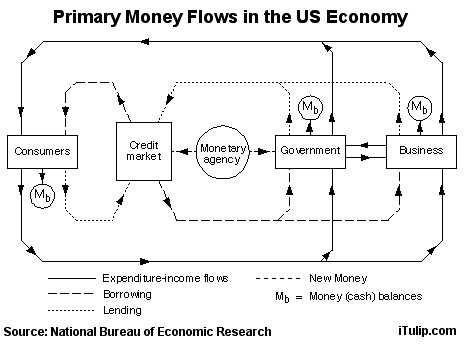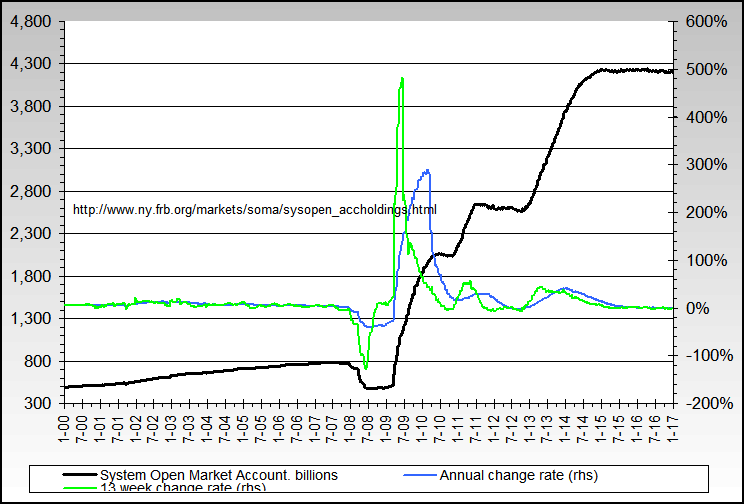Re: You're not going to believe this: Inflation/deflation debate still alive?
You're completely correct: a friend of mine is doing his econ phd at MIT, and while he's not macro, he knows bernanke's work... and ultimately, it's the capricious voting masses that will drove the inflationary sword into their own bellies'.
Ceterius paribus and without politiks, without a doubt we'd enter a deflationary spiral. Yet, that tenacious political dimension persists and makes everything a fking 6-sigma event.
Originally posted by ASH
View Post
Ceterius paribus and without politiks, without a doubt we'd enter a deflationary spiral. Yet, that tenacious political dimension persists and makes everything a fking 6-sigma event.



Comment